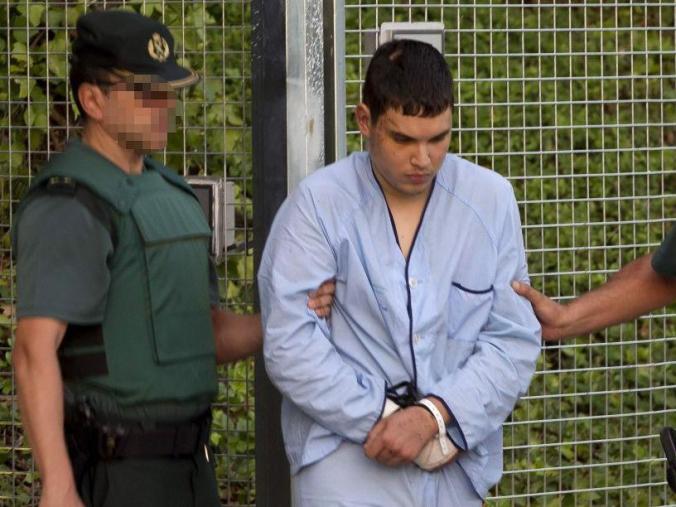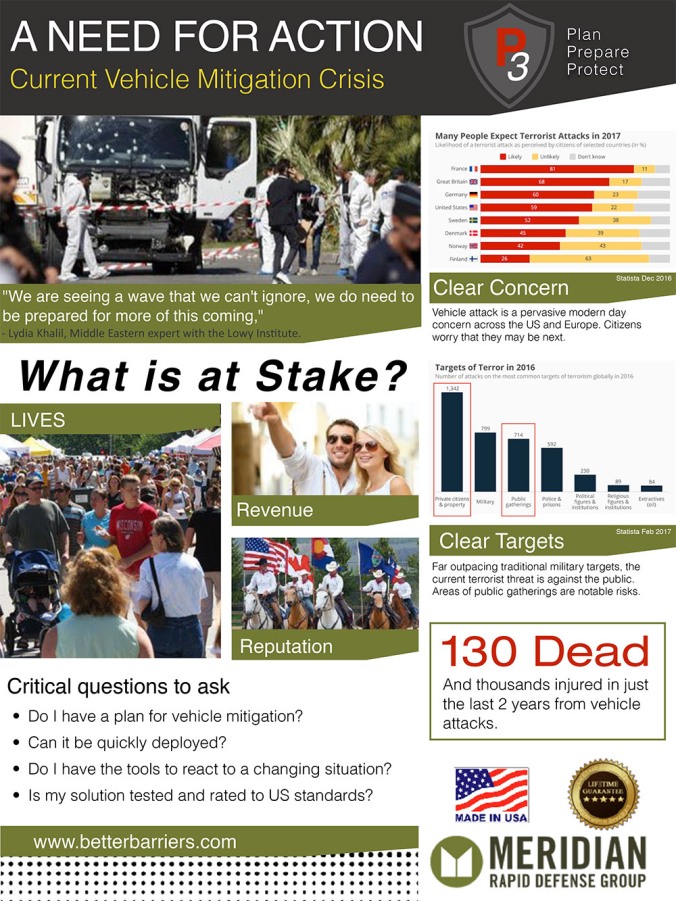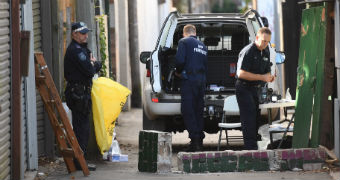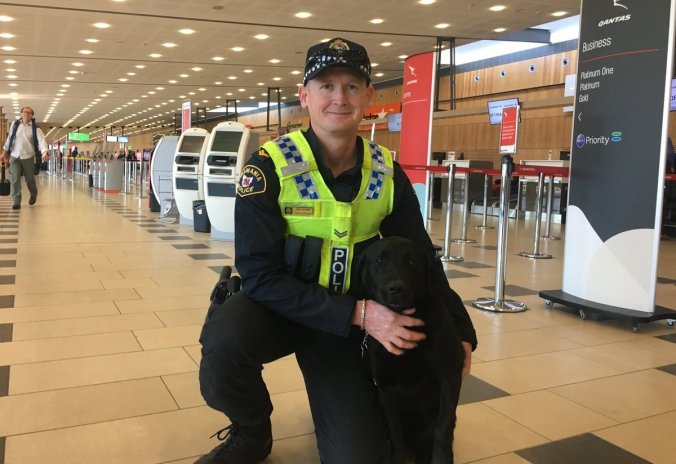There are some fundamental lessons to be learnt here. Again we have an open access Street Mall popular with the public and visiting tourists. Given that the ‘terrorists’ managed to blow themselves up and the house they were staying its reasonable to conclude that they were amateurs. Crash Barriers and Explosive detection checkpoints can prevent great loss of life in such circumstances Please note there has been an Arabic and North African Muslim population in Spain since 711 AD The ‘Moors” (a term applied by the British) ruled Spain until 1492. Their offspring have lived in Spain (as they have in Sicily, Malta and other Mediterranean cities ever since. It took one radical ‘Imam’ (largely discredited by the majority) to radicalise a small group of local youths sufficiently to commit these heinous crimes. Prevention and working WITH the local community can ensure such tragic foolhardy actions do not occur. At AML we simply suggest being prepared and ready to create deterrents and to block such actions in an intelligent and sensible manner.
Barcelona terror suspects say they were planning ‘a larger atrocity’ and blame dead imam for attacks
Police now believe all the attack suspects have either been killed or captured

Mohamed Houli Chemlal, suspected of involvement in the terror cell that carried out twin attacks in Spain, is escorted by Spanish Civil Guards to court AFP/Getty
Suspects in the Spanish terror attack investigation have admitted a bigger attack was planned and blamed a dead imam for the outrage, according to court sources.
Appearing in court for the first time, Mohamed Houli Chemlal, said the Islamist terror cell was planning to use homemade explosives to kill hundreds more people at landmarks in the city, including the historic Sagrada Familia cathedral.
A total of 15 people were killed in two vehicle ramming attacks and a car-jacking in Catalonia last week, and 130 were injured. Police now believe all the attack suspects have either been killed or captured.
Chemlal, 21 and Driss Oukabir, 27, both appeared for hearings in Spain’s High Court on Tuesday, though Oukabir denied involvement in the atrocity.
Two other suspects also appeared in court: Sahal el Karib, 34, and Mohammed Aalla, 27. All hearings took place behind closed doors in line with Spanish law.
Prosecutors had asked for the four to be sent to prison without bail on preliminary charges of being part of a terrorist organisation, homicide, causing havoc and dealing with explosives.
But on Monday evening, a judge ordered two of the four surviving suspects to be held without bail, another to be detained for 72 more hours and one freed.
National Court Judge Fernando Andreu said there was enough evidence to hold Chemlal and Oukabir on preliminary charges of causing homicides and injuries of a terrorist nature and of belonging to a terror organisation.
Sahl El Karib, the owner of a cybercafe in Ripoll, the Pyrenees hometown to most of the members of the cell, will remain in custody under arrest for at least 72 more hours while police inquiries continue.
The judged ruled the evidence to keep holding suspect Mohamed Aalla, whose car was used in the Cambrils attack, was “not solid enough”, and he will be freed.
Chemlal was the first suspect to testify and admitted in court that the group planned a bigger attack using explosives against Barcelona’s monuments at the height of the summer tourist season, sources said. He is the only suspect to have conceded being part of the cell.
The terrorists’ broader plans are believed to have failed after a stockpile of gas canisters, to be used in an attack, blew up their safe house in Alcanar.
Imam Abdelbaki Es Satty, 45, is believed to have been killed in the accidental explosion.
He was accused by two unnamed suspects of organising the plot and wanted to blow himself up in the attack, Chemlal said, according to a court official.
Satty is suspected of having radicalised the terror cell responsible for the outrages.
Chemlal survived the explosion and was arrested in Alcanar, 120 miles south of Barcelona, a day before the ramming attacks.
Traces of a high explosive, triacetone triperoxide, were said to have been found in the house, along with the remains of two bodies and Isis documents, according to Judge Andreu. The same substance was used in suicide bombings in Manchester, Brussels and Paris.
Driss Oukabir, 27, who was the first suspect named in the hours after Thursday’s attack, also appeared in a closed session in court and denied being part of the terrorist cell. In a break from his original story, he admitted renting the vans used in the attacks but said he thought they were going to be used for a house move, according to a source speaking with AP. Oukabir, who was arrested in the town of Ripoll, said he changed his initial story out of fear.
He previously claimed his documents were stolen by his 17-year-old brother, Moussa, to rent the vehicle which killed 13 people in the busy Las Ramblas district. The alleged driver of the van, Younes Abouyaaqoub, 22, remained at large for four days before being shot by police in the town of Subirats yesterday.
Moussa was among five other suspects killed by police after attempting a second vehicle ramming in the coastal town of Cambrils hours after the atrocity in Barcelona, which left one woman dead. The other dead men were named as Said Aalla, 18, Houssaine Abouyaaqoub, 19, Omar Hychami, 21 and Mohamed Hychami, 24.
The suspects bought knives and an axe just minutes before the rampage, court documents showed.
Also on Tuesday, the French Interior Minister Gerard Collomb revealed the Audi car used in the Cambrils attack was photographed in Paris some time before the attack.
Mr Collomb said: “This group came to Paris but it was a quick arrival and departure.”
The significance of the France visit is not yet known but the cell is believed to have been exclusively Spanish.














